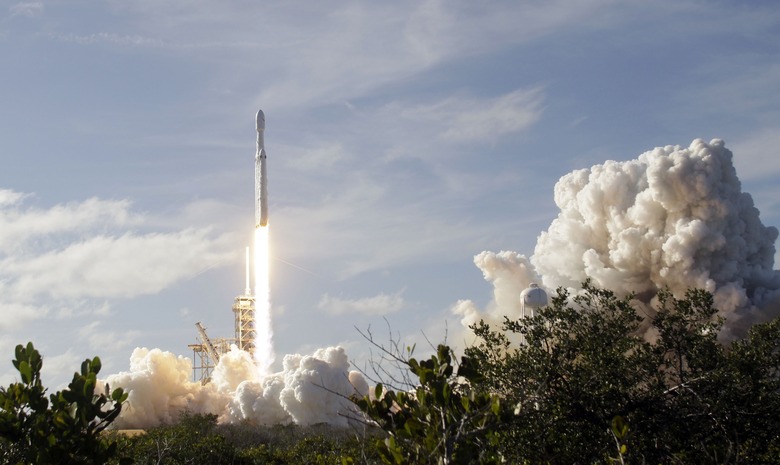SpaceX Just Set A Ridiculous Record
- SpaceX launched a Starlink mission earlier this week that set a new record for reusable spacecraft.
- The Falcon 9 booster that was used in the launch had already been to space four times, and this week's launch was the fifth.
- That particular booster is now the fastest spacecraft of its type to perform five successful launches, and there may be more to come.
SpaceX's reusable rocket technology is the cornerstone of its business. By landing rocket stages and using them over and over again, the company saves money and time in between launch attempts. Now, the company has set a new record that truly reveals how fast its hardware has matured, even when compared to the likes of NASA.
When SpaceX launched its latest Starlink mission earlier this week it did so using the Falcon 9 booster designated B1049. It was a by-the-numbers launch, all things considered, and the booster successfully propelled its payload into space before landing on a SpaceX drone ship. What makes it such a remarkable event is that it was the fifth time that same booster had been used, and it reached that milestone faster than any other similar spacecraft in history.
As Teslarati reports, the milestone means that SpaceX's trusty Falcon 9 booster reached the five-launch milestone months ahead of the various Space Shuttles, which were its only real competition.
Historically, rocket boosters tend to be disposed of or recycled after use. It just made sense to do things that way when space agencies didn't have the capacity to recover and refurbish them. SpaceX spent the time perfecting its technique, losing many rockets in the process, but now it regularly recovers its boosters and reuses them frequently.
The company has even managed to snag a nosecone or two, saving even more money and shortening the turnaround time between launches. It's still working on streamlining its technique in this regard, and as it improves its efforts the success rate should continue to grow.
Elon Musk is a polarizing figure these days. You either love him or you hate him, but no matter your personal feelings you can't deny that his vision for SpaceX was just about perfect. It filled a need and lowered the barrier to entry for space launches, allowing scientific groups and institutions to conduct research at costs that were once impossible.
That's not to say that everything is sunshine and roses for the company today. Between Starship prototypes detonating during engine testing to the deafening outcry of astronomers bemoaning the launch of Starlink satellites, there's still a lot of work to be done. The good news is that SpaceX has shown itself to be resilient to just about every challenge thrown its way, and we'd expect nothing less of the company in the future.
